
#2 in my ranking of the Showa Era Godzilla films.
Ishiro Honda got pulled out of sort-of retirement doing nothing but television work to make his final feature film as a director and the final Godzilla film of the Showa Era before economic pressures became the main brake on any more for almost a decade. Honestly, I was just happy to see the film work towards a bit of pathos and actually reach it in its own modest way. Sure, it’s nowhere close to Honda’s best film (Farewell Rabaul had little competition at the top), but it’s fighting for the top spot of Honda’s monster and science-fiction work. It’s also something of a direct sequel to Godzilla vs. Mechagodzilla which feels unusual in this series where it’s never quite clear which of the events of the previous films may get mentioned.
Interpol is interested in finding the remains of Mechagodzilla which ended up at the bottom of the sea off the coast of Japan, but they can’t find it. Instead, their research submarine is attacked by a giant sea monster, Titanosaurus. I will say this right now: there are A LOT of characters in this film, and I struggled mightily to keep most of them straight. There are two main plot threads, one is figuring out who stole Mechagodzilla and where they are, and the marine biologist Akira (Katsuhiko Sasaki) who looks into the research of a disgraced and missing scientist, Dr. Mafune (Akihiko Hirata), who had been looking into the existence of Titanosaurus and ways to control animal behavior with computers. Akira finds Mafune’s daughter, Katsura (Tomoko Ai), who informs him that Mafune is dead and his research burned. Of course, Mafune isn’t dead. Instead, he’s secretly working with the aliens who stole Mechagodzilla’s parts who want to use his misanthropy stemming from his rejection by the world for this theories to destroy the world. Katsura doesn’t quite share the same negative opinion of humanity, though she’s loyal to her father and the aliens for secret reasons.

The human side of the story is centered around Katsura, and it’s probably the most effective character-based storytelling in the whole franchise up to this point. Katsura, not sharing her father’s antipathy towards all of humanity, must fall between following the wishes of her father and the newfound appreciation of humanity through her seemingly first serious interactions with a human in Akira. The script was written by a woman, Yukiko Takayama, whose only concern when she handed it off to Honda was that he preserve Katsura and her arc, which she was happy to see that Honda did. She was less happy that the ending battle got changed to be removed from Tokyo since the fight would have been too expensive for cash-strapped Toho at the time, though.

The other plot is, as has been stated, the effort to track down the aliens. It ends up focusing on ways to try and fight back against Titanosaurus which they accidentally come across when they discover that sonar affects it (really the receiver from the control mechanism). It becomes something of a spy film as they try to figure out how and who sabotages their equipment, concluding Honda’s efforts to make these films other than kaiju films. The film holds these moments well, giving them just enough space to operate. The only real problem is that the film is cut so fast and there are so many characters that I cannot keep them straight.

I should also take note, in the last Honda film to review, Honda’s propensity for quick-cutting. It’s different from something like Michael Bay making individual sequences incomprehensible. It’s about scenes, cleanly framed in just a handful of shots, beginning and ending quickly while it’s unclear how much time passes from one scene to the next. Sometimes it’s moments later. Sometimes it’s months later. It’s hard to tell (I’m pretty sure the scene introducing the aliens and their connection with Dr. Mafune actually happens before the first Titanosaurus attack which starts the film). It makes zeroing in on individual characters difficult for the viewer as things jump here and there quickly. However, the actual flow of the action is never in doubt. This film (and more than a few of Honda’s earlier films) could easily have been half and hour longer and not suffered in the least, only helped to be honest. It’s often a problem with those films, but here, it works. There’s a reason for that, and it’s where the film chooses to focus.
That focus is fairly tightly on Katsura. I mean, she’s part of an ensemble, but she’s easily the most prominent character. We do, however, get to know her fairly well, and the connection between her and Akira is given just enough time to work. The rest of the characters are really just vehicles for the movement of plot, so while it’s hard to keep track of them, they perform their jobs and little more. It’s not what I would call ideal, but it’s a combination that works.

That, of course, leads us to the monster action, pitting Godzilla against both Titanosaurus and Mechagodzilla. Thankfully, the humans are able to affect things as they play out on both ends of the human story with the plot guys distracting Titanosaurus while Katsura and Akira have their moments while she’s battling between her competing desires (along with some gunplay because of course). The battle goes back and forth, with dramatic highs and lows, and it’s well filmed, Honda having more control over the special effects filming on any of his films other than All Monsters Attack. He Teruyoshi Nakano help provide scale in ways that are quite effective. This also has the best intro moment for Godzilla in the whole franchise.
So, this is really near the top of the franchise. I think I prefer Invasion of Astro-Monster because of the comedy, but the pathos here is nothing to be sneezed at. This is decently entertaining, plot-driven, monster action with a surprising little heart at the center. It works, and it’s a good way for the Showa Era to go out on.
Originally published here

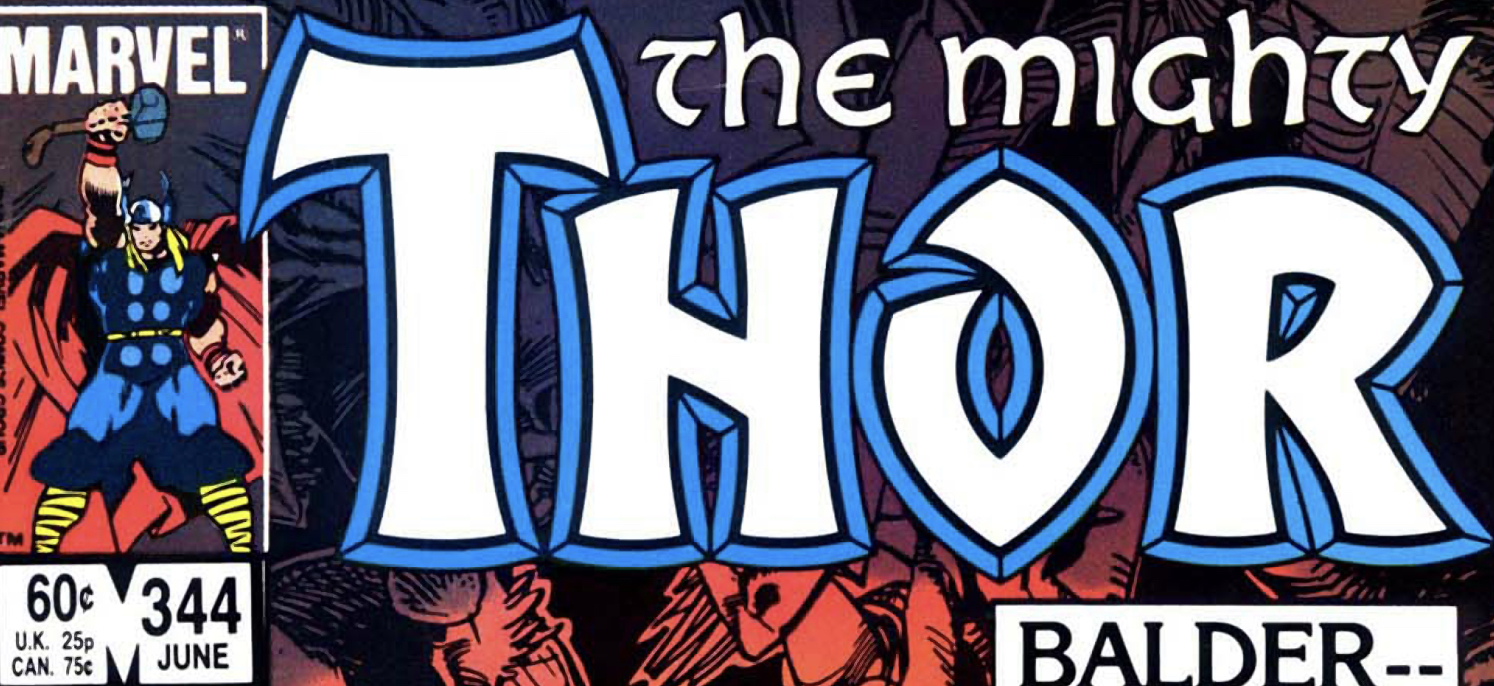




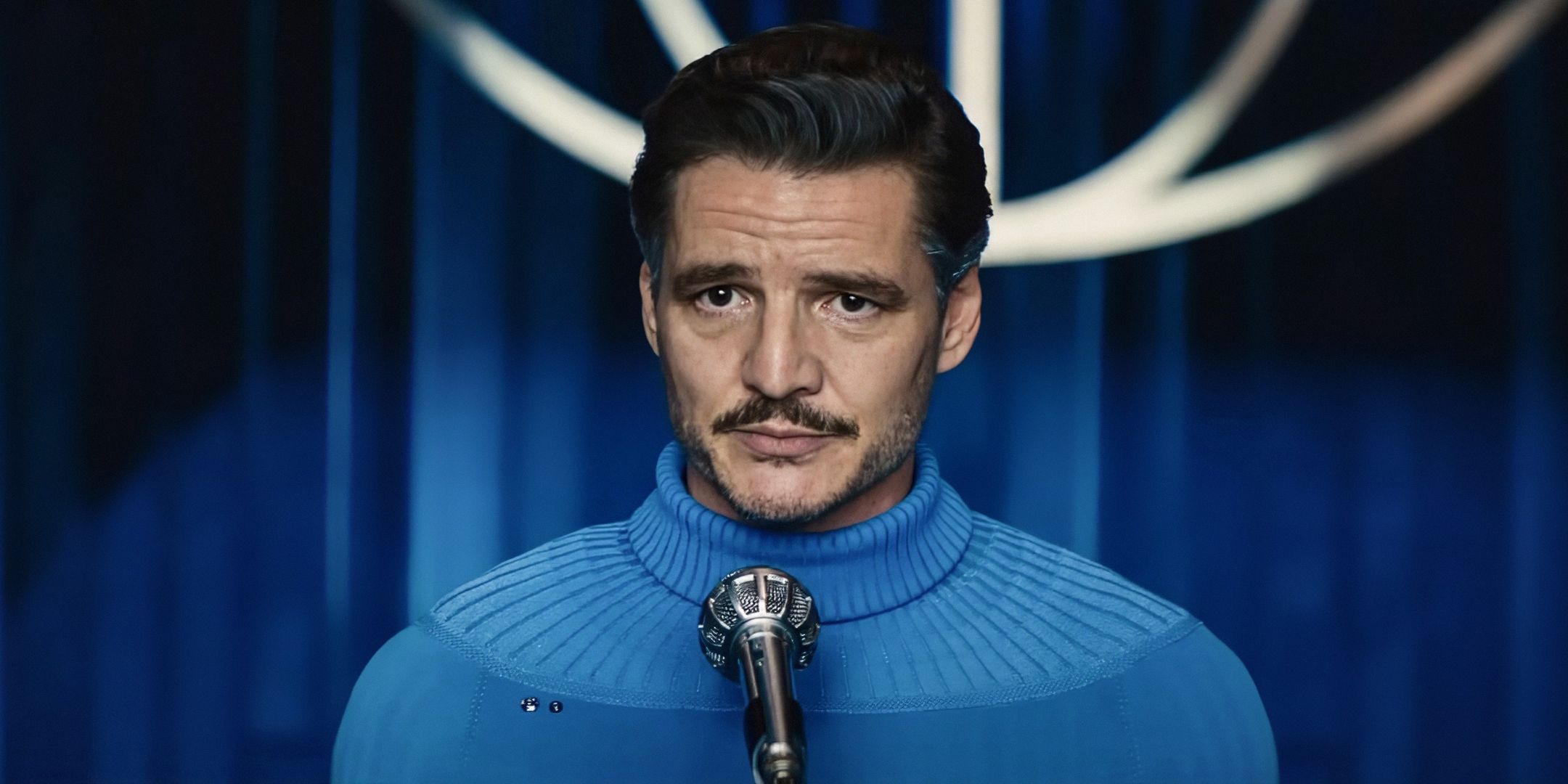
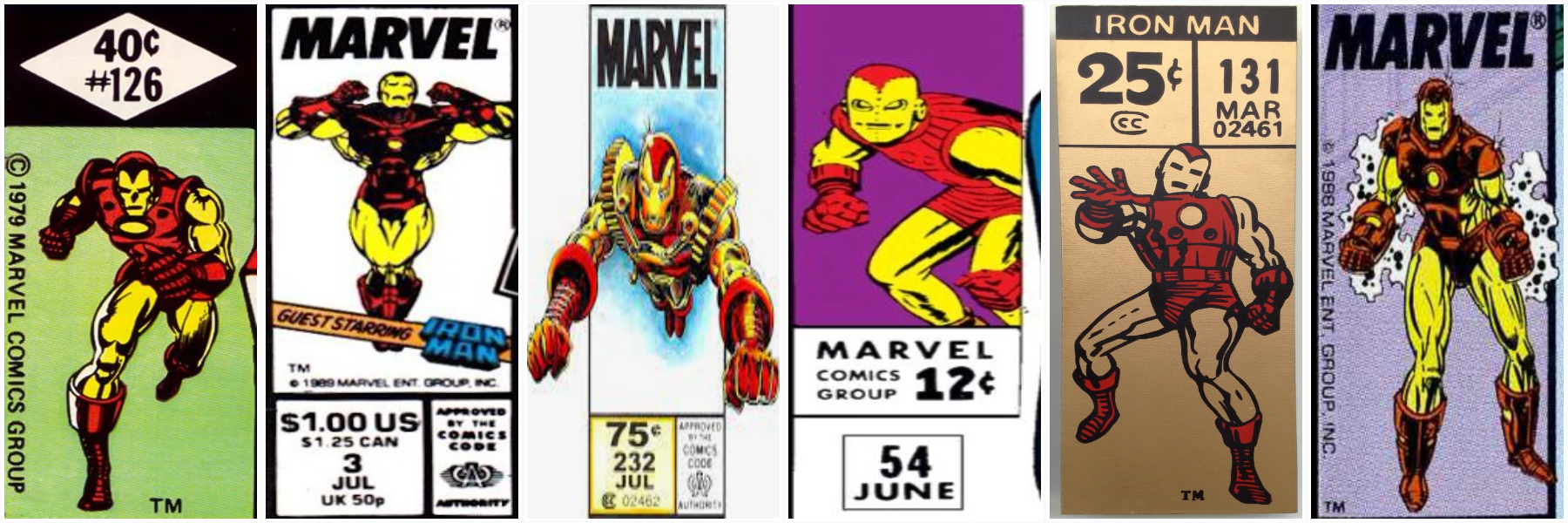

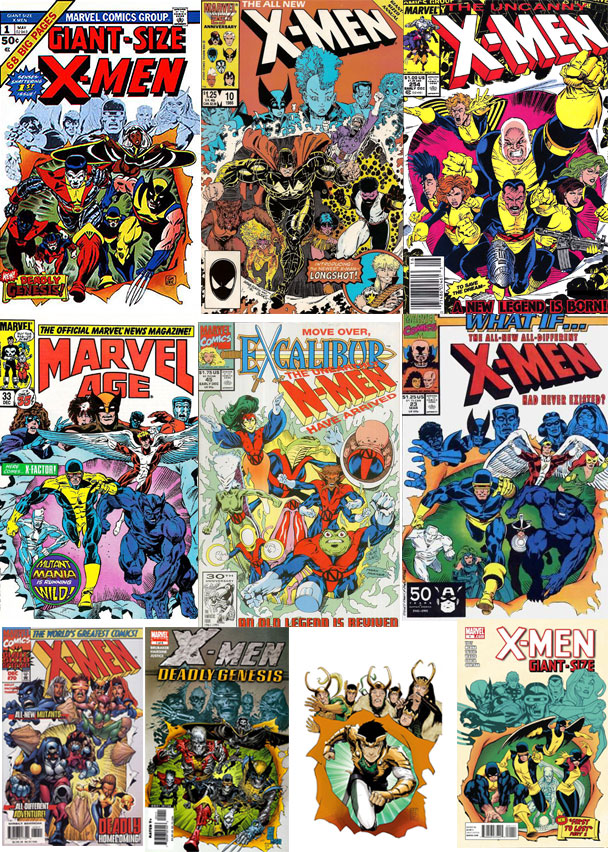



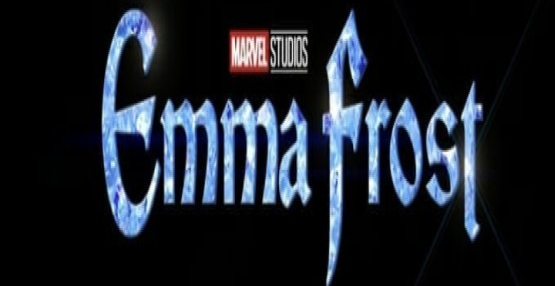


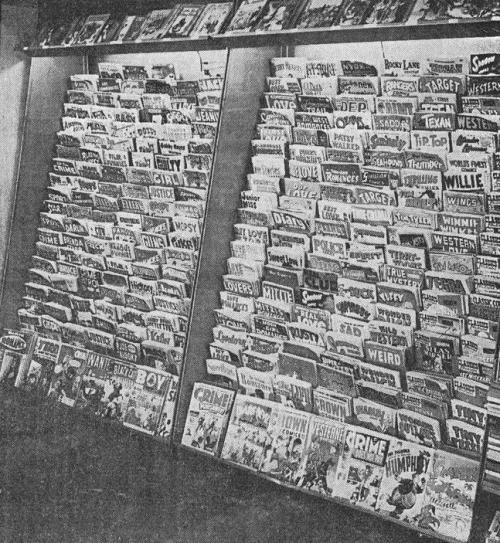


 English (US) ·
English (US) ·